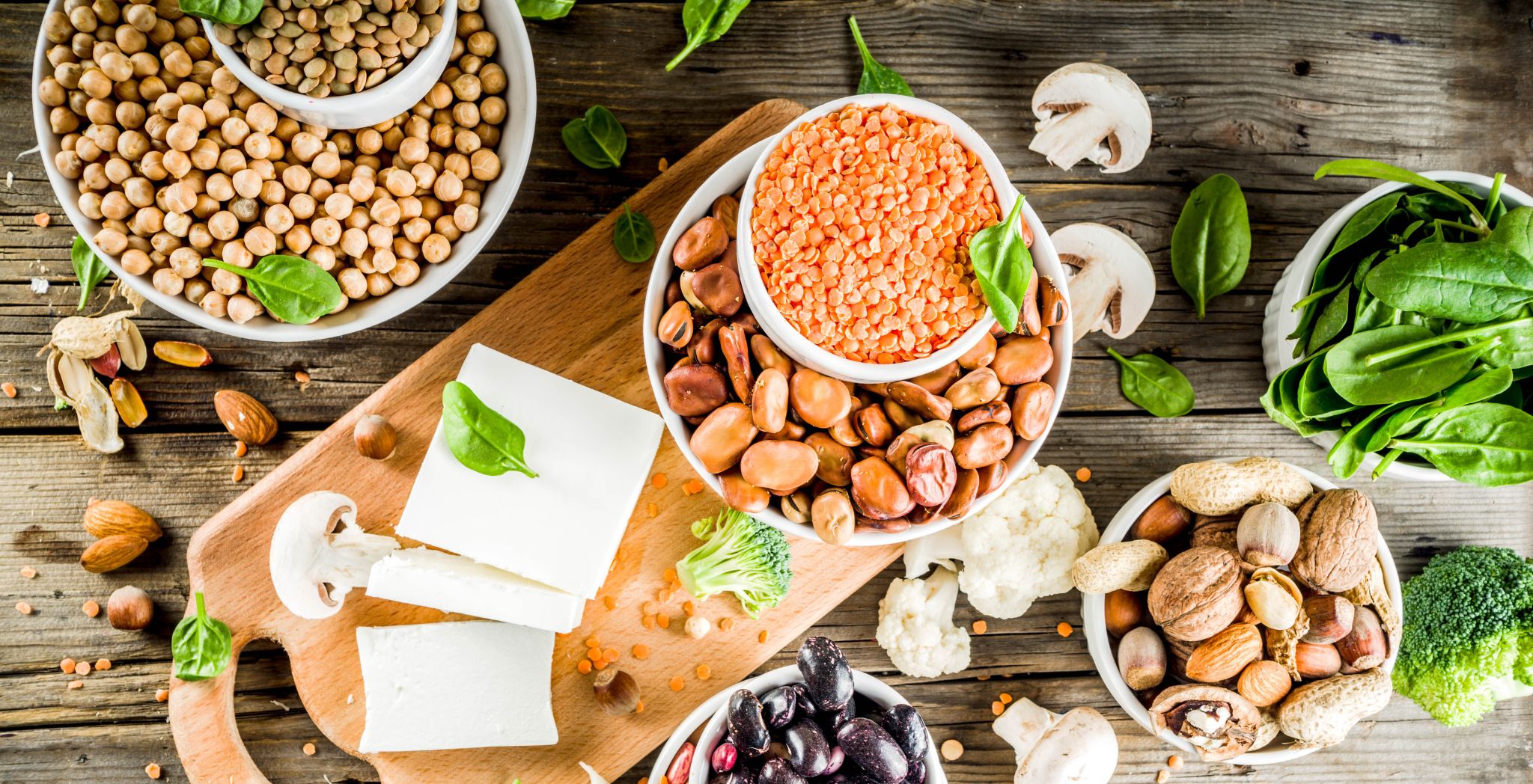Yoga and Nutrition: A Holistic Approach to Wellness
Individuals frequently strive for a holistic approach to well-being that encompasses not just physical health but also mental and emotional wellness. This quest has given rise to a holistic approach to health, emphasizing the interconnectedness of various aspects of wellness. One of the most effective ways to achieve this balance…






